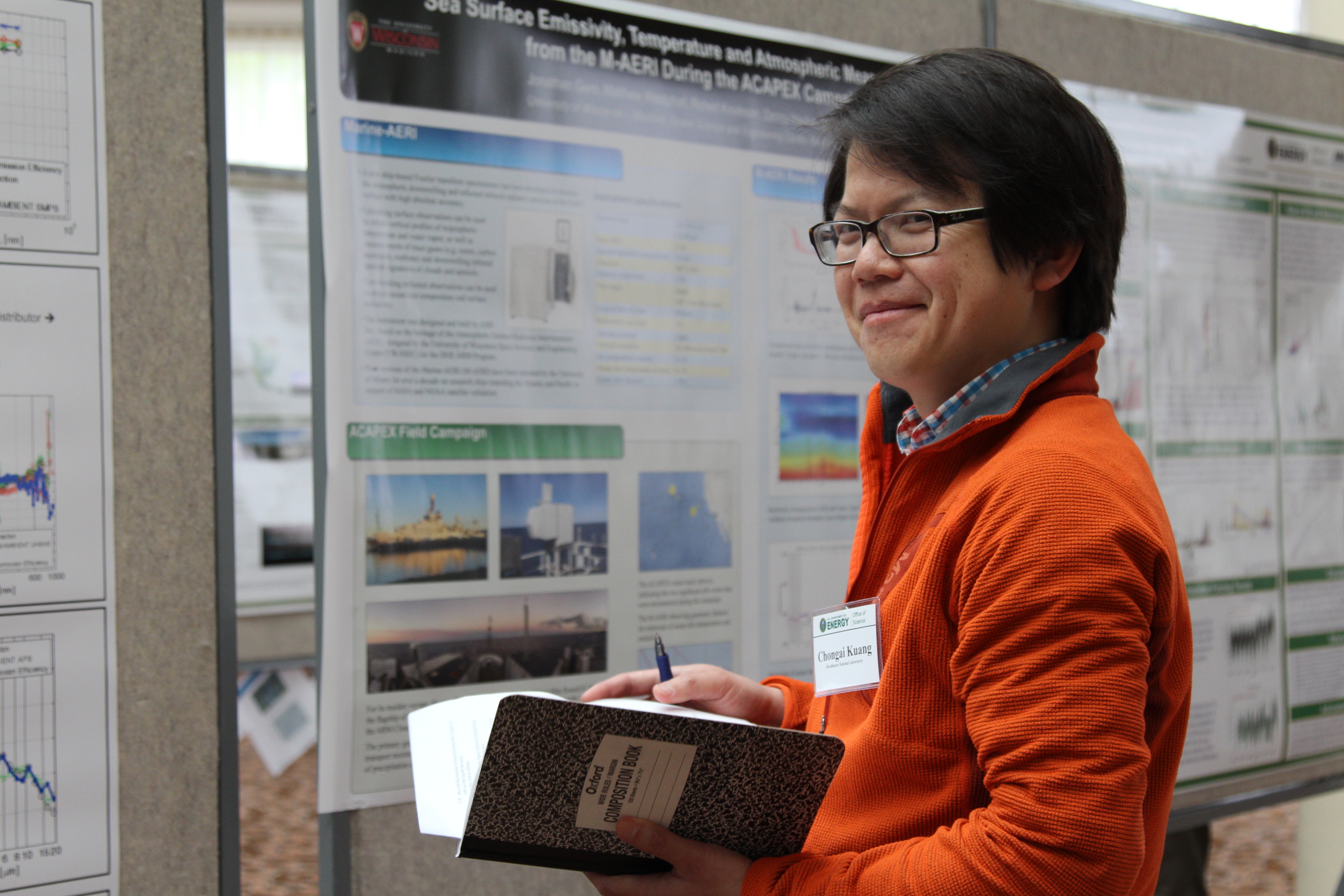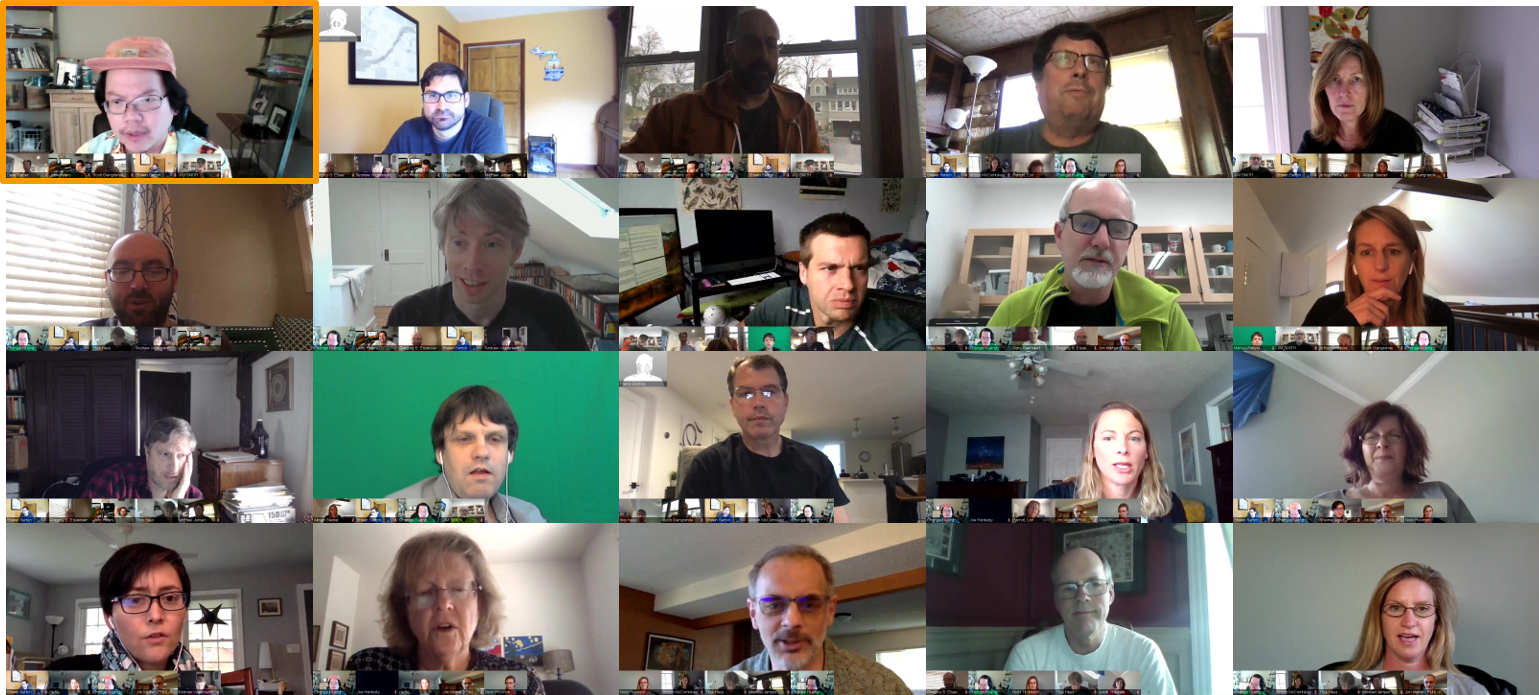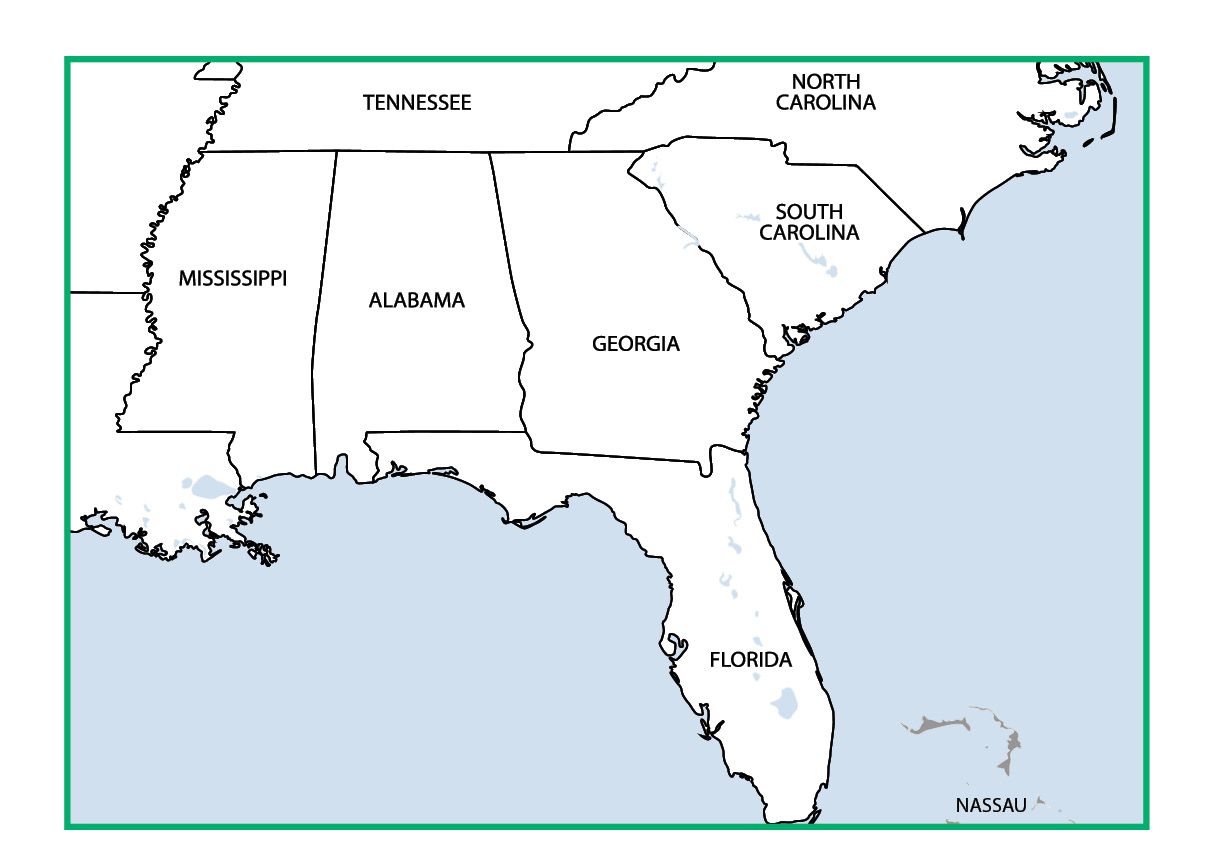AMF3 Site Science Team Blog: Just Getting Started
Published: 18 May 2020
Editor’s note: The U.S. Department of Energy’s (DOE) Biological and Environmental Research program selected a site science team to develop a science plan and initial research project for the upcoming Southeastern U.S. deployment of the third ARM Mobile Facility (AMF3). The team, led by Brookhaven National Laboratory in New York, will provide periodic blog updates on the process.

Hello, everyone, my name is Chongai Kuang, and I am the lead for the site science team (SST) that will help guide the move of AMF3 from Alaska to the Southeastern United States (SEUS). I hope to use this platform to provide not only updates on our team activities and timeline, but also opportunities for you to engage with our team.
ARM is relocating the AMF3 to the SEUS following recommendations from a DOE-sponsored community workshop that identified the SEUS as a region with abundant surface-forced convection, strong surface-atmosphere coupling, and large amounts of vegetative biogenic emissions. Our SST is tasked not only with providing guidance to ARM regarding site selection and deployment, but also with developing a science plan that can be addressed by an AMF3 deployment to the SEUS.
You may not know this, but this is the first time that ARM, Atmospheric System Research (ASR), and an SST are working together like this to advance science. So, it’s worth stating that this is not a conventional AMF deployment!
The AMF3 SEUS deployment presents an exciting opportunity for collaborative, interdisciplinary, and transformational science across aerosol, convective, and land-atmosphere interaction topics. This deployment will be challenging, for sure, but we anticipate unique opportunities for the ARM/ASR community to not only address current science challenges, but also the science questions that will drive our community over the next five to 10 years. We expect that the AMF3 SEUS deployment will promote data sets that span multiple scientific disciplines, as well as the necessary temporal and spatial scales to support and drive coupled observational-modeling studies that are critical components of earth system models.
Science and siting activities have already started for me and our team. We held our AMF3 SEUS virtual team “Kickoff Workshop” from April 29 to May 1, 2020. The purpose of this workshop was threefold: 1) to gather our SST to orient our thinking and activities with respect to our site science plan and pre-deployment activities; 2) to provide ARM leadership an opportunity to share with our SST their priorities and expectations in regards to siting and deployment; and 3) to take the first steps toward mapping SEUS-relevant science drivers to corresponding site operational requirements.
As an SST, it was important for us to meet (even virtually) during these challenging and evolving times to make sure that our team members stay engaged, connected, and affirmed in the expectations and goals for this site shared with ARM/ASR and its community. In spite of (and perhaps because of) the working restrictions in place from our various institutions, participation during our virtual team kickoff workshop was lively and engaging. It was so nice to see everyone’s face (and the inside of their home).

Workshop participants included DOE Earth and Environmental Systems Sciences Division management, ARM and ASR program managers, ARM communications staff, and leadership from ARM and Sandia National Laboratories. Discussion topics included:
- motivators for a multiyear deployment in the SEUS
- scientific requirements for siting and instrument deployment
- the AMF3 SEUS deployment as a platform for emerging observational technologies and coupled observational-modeling approaches
- the role of our SST in relation to the broader scientific community.

These discussions helped affirm that, as an SST, we are not gatekeepers for science in the SEUS. Rather, we are gravitational attractors, advocates, and ambassadors of AMF3 science to the larger research community.
Moving forward, we are excited to be part of ongoing activities including focused teleconferences on cross-cutting topics (e.g., impact of biogenic volatile organic compound emissions on aerosol properties and processes such as new particle formation—a subject near and dear to my heart). Ongoing activities also include further articulating science-driven siting and outreach to several stakeholder groups.
These will all build toward our upcoming AMF3 SEUS virtual breakout session at the Joint ARM User Facility/ASR Principal Investigators (PI) Meeting, taking place Thursday, June 25, from 2-4 p.m. EDT. During the session, we plan to share background on the AMF3 SEUS deployment and introduce our SST, and we hope to receive feedback on critical measurement needs and the spatial and temporal observational scales needed for a successful deployment.
Along with our internal team science and siting activities, you may have noted we also strive for very active community outreach, which includes engagement with:
- ARM constituent groups (the Cloud and Precipitation Measurements and Science Group, User Executive Committee, and Aerosol Measurement Science Group)
- data translators
- science working groups (e.g., Aerosol, Cloud, Precipitation, and Climate Working Group)
- relevant multi-agency SEUS field campaigns
- local SEUS partners and measurement networks.
As part of these efforts, and because of the strong land-atmosphere interactions component of our SST, I will be making a short presentation of the AMF3 SEUS deployment during the Environmental System Science (ESS) virtual PI meeting Tuesday, May 19, in order to introduce the project, build interest, and explore synergies between ARM, ASR, and ESS science priorities.
Keep up with the Atmospheric Observer
Updates on ARM news, events, and opportunities delivered to your inbox
ARM User Profile
ARM welcomes users from all institutions and nations. A free ARM user account is needed to access ARM data.


















